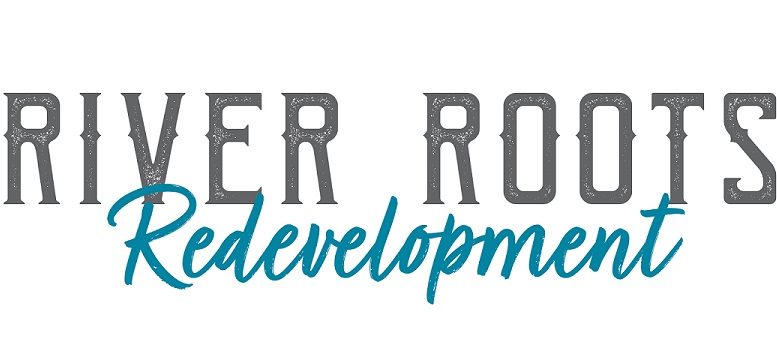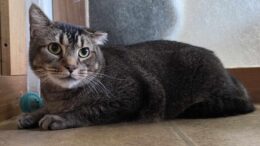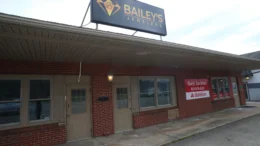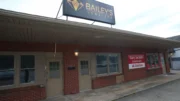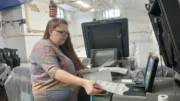Let’s start the new year with an example of how one community has worked to reduce the negative impacts humans have had on the environment. Just north of Philadelphia, in Ambler, you can find the Wissahickon Waterfowl Preserve, but right next door, you’ll see a large odd mound. Both are located within a 32-acre site that, in the early 2000s, the U.S. Environmental Protection Agency (EPA) declared as a superfund site: the BoRit Asbestos Superfund Site.
Superfund is an informal name for the Comprehensive Environmental Response, Compensation and Liability Act (CERCLA). The BoRit Site was used from the early 1900s to the late 1960s to dispose of asbestos-containing material from a nearby manufacturing plant. Today, the site is divided into three parcels: an asbestos waste pile, a reservoir and a former park.
The asbestos pile is approximately 25 feet high and covers roughly 2.5 acres. It is believed that the walls of the reservoir are constructed from asbestos materials. And, at one time, much of the area was used as a park and playground, but in the mid-1980s, following studies showing health risks related to asbestos, the park was closed. In 2009, the BoRit Site was added to the EPA’s National Priorities List of the most hazardous waste sites. The EPA worked together with a Community Action Group and in 2017 cleanup work was completed. A subsidiary of Wissahickon Trails, the Wissahickon Waterfowl Preserve purchased the reservoir parcel and went to work. The result is a waterfowl preserve with an 11-acre pond that provides habitat for a variety of birds such as wood ducks, herons and even rarities like red-necked phalaropes. It has become a birding hotspot.
Long-term monitoring and periodic sampling are scheduled to ensure that the site continues to be a safe place for the community and the rebounding wildlife.
Here in the Oil Region, this story can give us a glimpse into what the future of our brownfield sites might look like. Where worn-out industrial buildings stood, there might be new spaces for entrepreneurs to get their start. Instead of contaminated soil and water, parks that are filled with wildlife and beautiful native plants and trees.
What do you wish to see as these spaces begin to be transformed? I’d love to hear from you! Stop in and share your thoughts during our coffee chats, an informal public forum on Fridays in Foxburg from 1-3 p.m. at Divani. Or you can reach out through email!
Rachel Brosnahan is the Community Engagement Coordinator for River Roots Redevelopment. She can be reached by email at rachel@riverrootsredevelopment.org.

